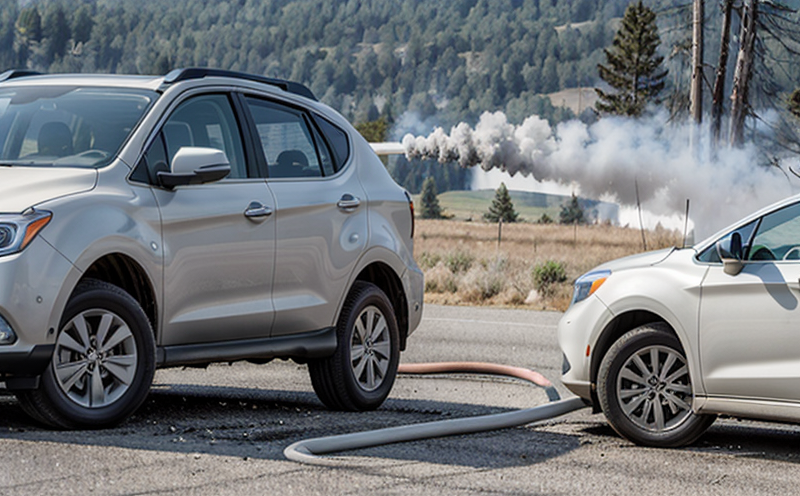Smoke Density and Flame Spread Combined Testing
In fire safety testing, the combination of smoke density and flame spread tests is crucial for evaluating materials used in construction, furniture, and other products that may be exposed to fire. This service ensures that the materials meet stringent standards for fire resistance and contribute to safer environments.
The primary focus here is on how effectively a material can prevent the generation of dense smoke and retard flame spread during a fire event. By conducting these tests together, we can assess the overall performance of a product under fire conditions, ensuring that it not only resists flames but also minimizes the production of harmful gases.
The test setup involves exposing materials to controlled fire conditions in a specially designed chamber where both smoke density and flame spread are measured. The results provide critical insights into the material's ability to withstand fire without compromising safety or health.
This testing is especially important for products such as ceiling tiles, insulation, furniture upholstery, and other interior building materials that can contribute significantly to fire hazards when they produce large volumes of toxic gases or allow flames to spread rapidly. By identifying potential risks early on through rigorous testing, we help manufacturers improve product design and compliance with international safety standards.
For quality managers, compliance officers, R&D engineers, and procurement personnel working in this field, understanding the nuances of smoke density and flame spread is essential for ensuring that products meet regulatory requirements while also enhancing overall fire safety. This testing service offers a comprehensive approach to assessing material performance under extreme conditions.
Scope and Methodology
| Test Parameters | Description |
|---|---|
| Smoke Density Measurement | This involves quantifying the amount of smoke produced by a material when exposed to fire. Instruments such as light scattering photometers are used to measure the opacity level. |
| Flame Spread Index Calculation | The Flame Spread Index (FSI) is determined based on how quickly flames travel across the surface of a material. This helps in understanding the potential for fire spread within structures. |
In this testing setup, materials are placed into a standardized test chamber where they are subjected to controlled flame exposure. The performance metrics captured include the rate of heat release, smoke obscuration levels, and the speed at which flames spread across the material surface.
Why Choose This Test
- Ensures compliance with international safety standards like ISO 56601-2 and EN 458-1
- Promotes safer indoor environments by reducing the risk of fire-related injuries and fatalities
- Supports sustainable design practices that prioritize human health and safety
By opting for smoke density and flame spread combined testing, businesses can enhance their reputation as leaders in fire safety innovation. This service not only meets regulatory demands but also contributes to a safer built environment.
Competitive Advantage and Market Impact
- Provides early identification of materials that perform poorly under fire conditions, allowing for timely adjustments in product development
- Increases market competitiveness by offering products that are demonstrably safer and more reliable
- Facilitates compliance with evolving regulatory frameworks that prioritize public safety over time
This testing service plays a pivotal role in maintaining the integrity of fire safety standards, thereby fostering trust among consumers and stakeholders.





